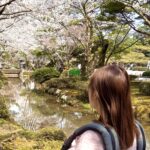Falling in Love with Kanazawa from the Living Room: Experiencing the Hyakumangoku Festival Through the Screen
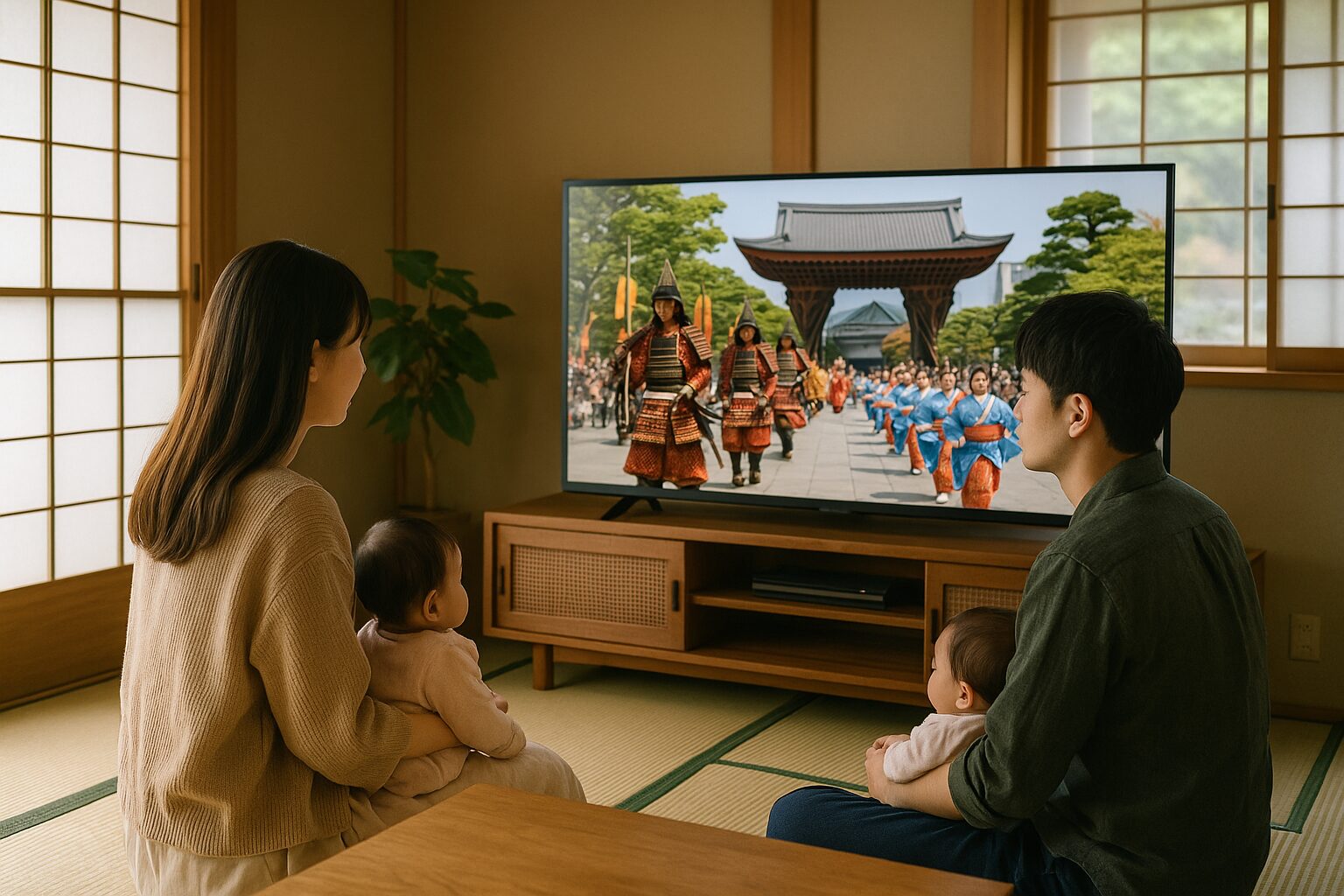
A Decision Guided by Love for Family
We Didn’t Have to Stay Home — We Chose To
This year, my husband and I had made a promise: “Let’s finally go see the Hyakumangoku Festival in Kanazawa with the whole family.” But when the time came, we made the difficult decision not to go. This annual celebration isn’t just an event—it’s a powerful expression of local pride and cultural spirit in a city steeped in history. Choosing to watch it on TV instead of attending in person came after much inner conflict.
Why Traveling with a Baby Wasn’t Feasible
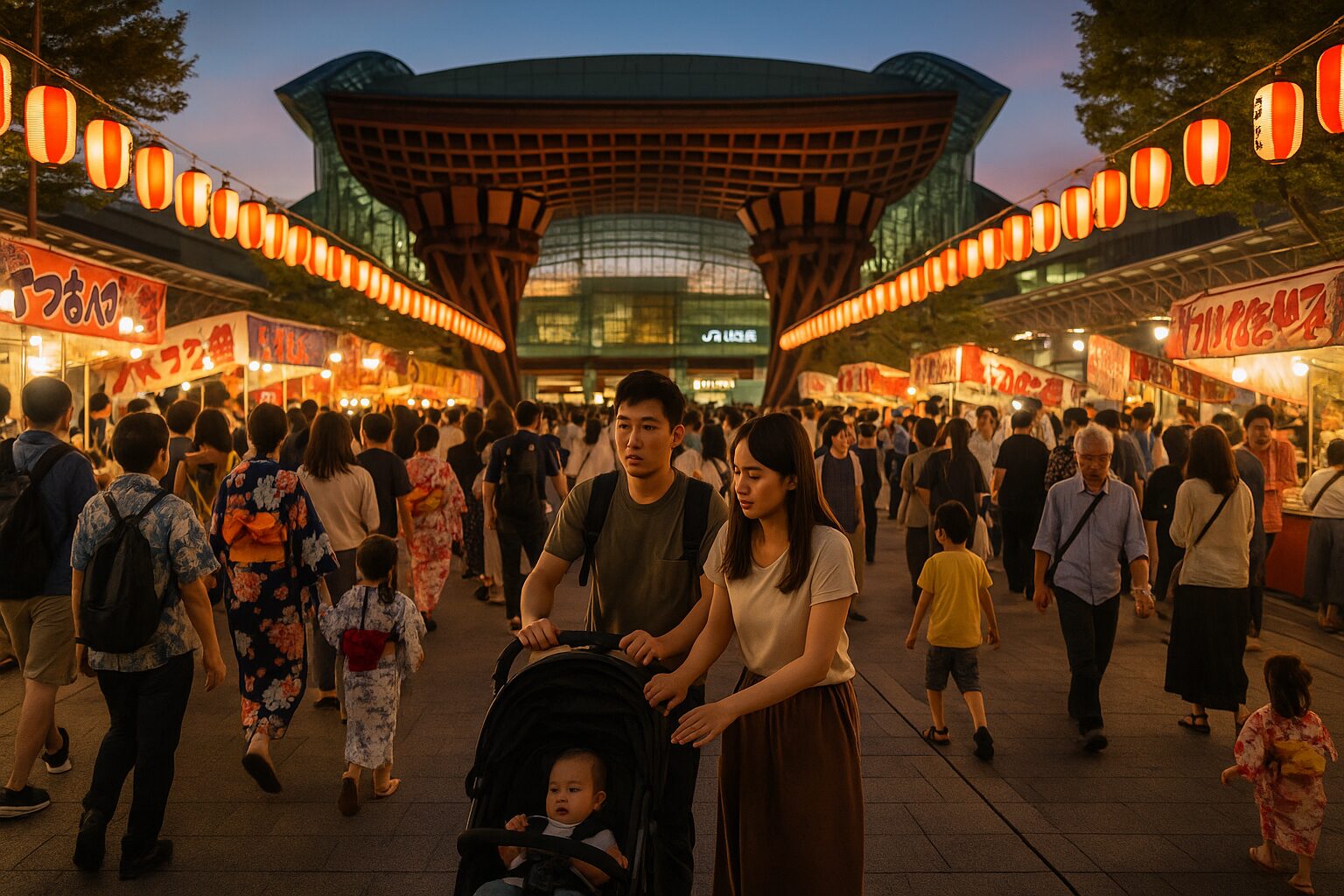
Our daughter is still breastfeeding, and the festival brings strict traffic regulations and limited parking. Public transport seemed like an option—but what if we needed to nurse halfway? There is a nursing room at Kenrokuen Parking, but even getting there would have been a challenge, let alone spending hours in the crowds.
We also considered leaving her with the grandparents. But she refuses bottles and won’t stop crying without her mom. Reality weighed in, and the decision became clear.
Our “Favorite” Made Us Hesitate
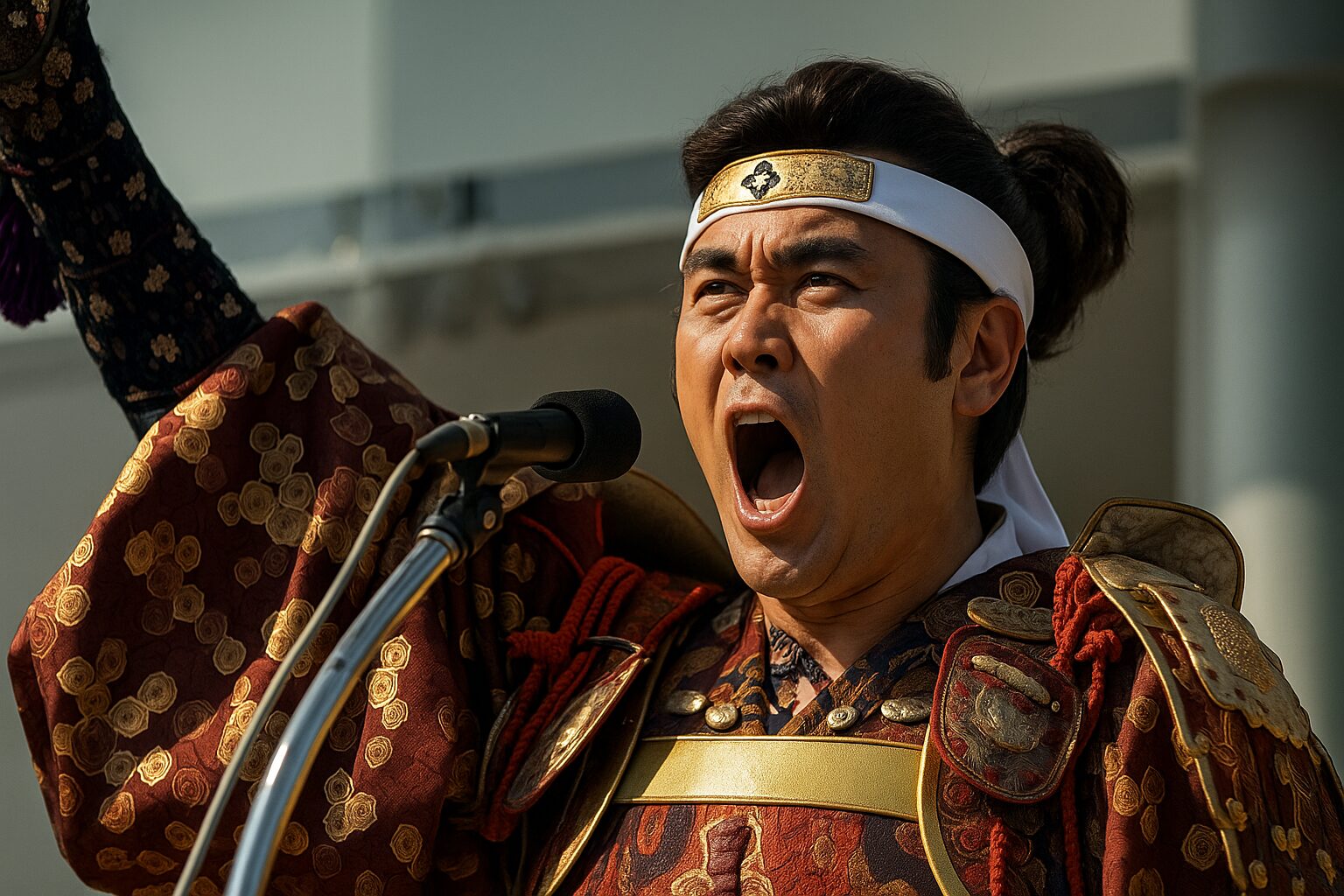
Still, part of us didn’t want to give up. We’re fans of the TV show Zawatsuku Friday, and actor Yoshizumi Ishihara was playing Lord Toshiie Maeda this year. His commanding cry of “To battle we go!” at the iconic Tsuzumi-mon Gate was something we’d really hoped to hear in person.
If our daughter were just a bit older, maybe we could’ve managed. That regret lingered—but our desire to prioritize her comfort ultimately won out.
Zawatsuku Friday
a popular Japanese variety talk show known for its lively panel discussions
Yoshizumi Ishihara
a Japanese actor and TV personality known for his energetic public persona
Lord Toshiie Maeda
a 16th-century samurai lord who founded the Maeda clan and developed Kanazawa
Choosing to Stay In, Yet Stay Connected
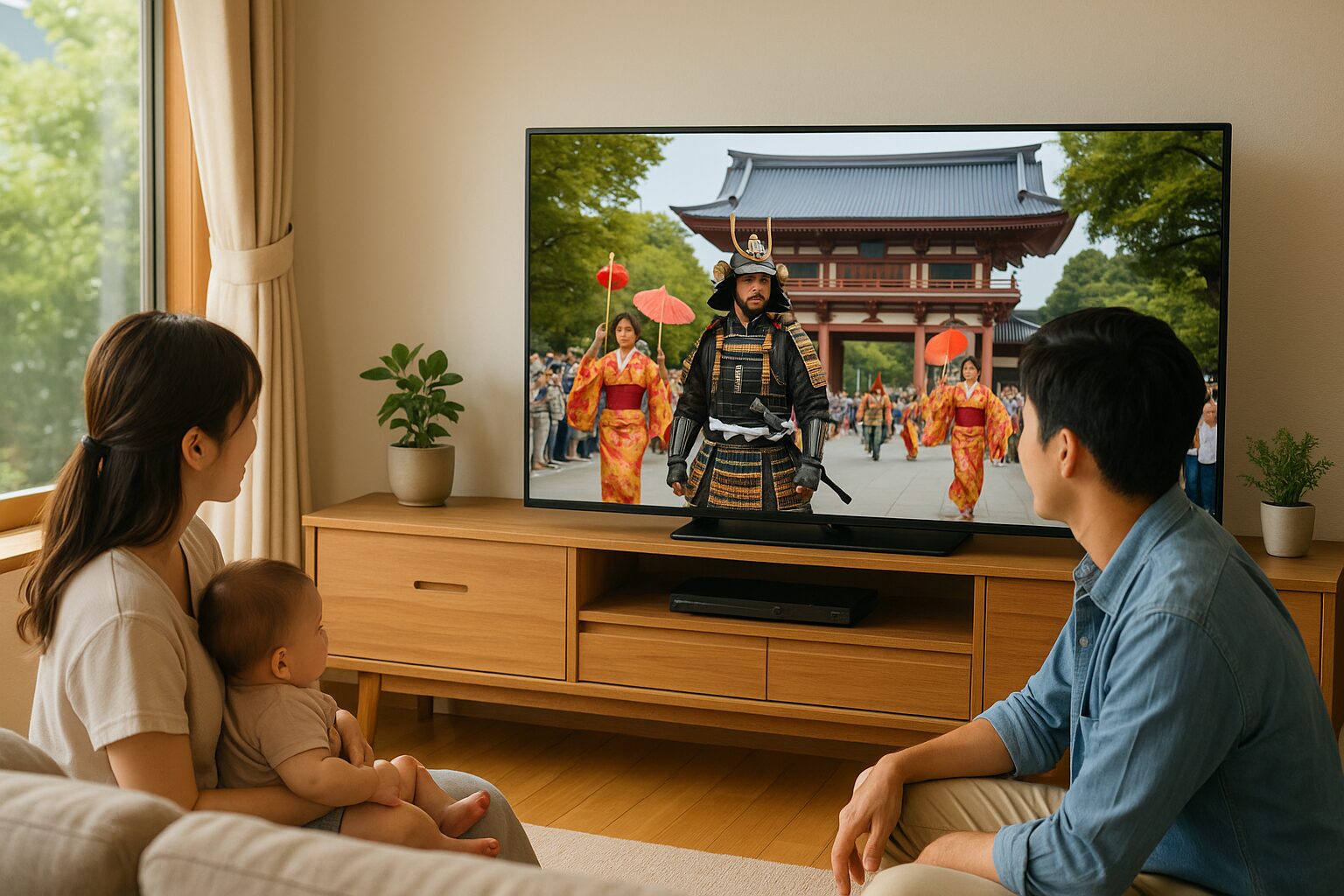
So we stayed home, watching the Hyakumangoku Festival on TV in our air-conditioned living room. It might seem like a compromise, but for us, it was a new way to participate. We believed we could still feel the energy and culture of the festival—even from afar. And we did.
Even From a Distance, Our Hearts Were Right There
We weren’t standing in the crowd or cheering at Kanazawa Station. But we were part of the celebration. As we watched the scenes unfold on screen, we felt deeply connected to the spirit of the city and its traditions.
The Festival’s Passion, Even Through the Screen
Surprised by How Real It Felt on TV
“Can you really feel the atmosphere through a screen?”—many might wonder. But watching the live broadcast, we were struck by how immersive it was. Dynamic camera angles, expressive close-ups, and well-timed cultural commentary brought the Hyakumangoku Festival vividly to life.
Hyakumangoku Festival
an annual historical celebration commemorating Lord Maeda’s entry into Kanazawa in 1583
A Front-Row Seat to the Action
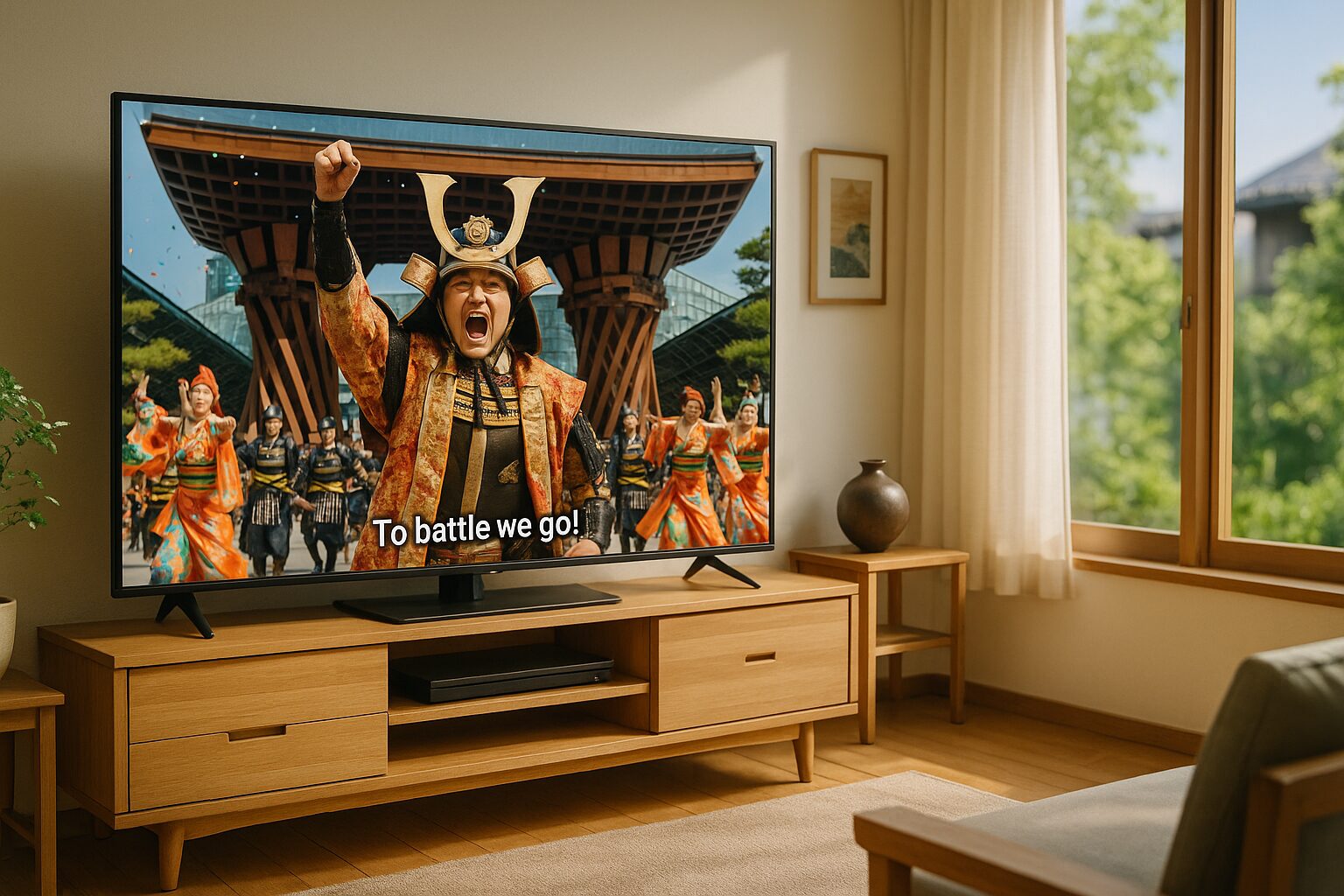
What first drew us in was the moment the procession began. The camera captured the Tsuzumi-mon Gate head-on, with thunderous drums echoing across the square. We couldn’t physically feel the vibrations—but the synchronized movements of the procession were breathtaking.
Tsuzumi-mon Gate
a symbolic gate at Kanazawa Station, shaped like traditional Japanese drums
Ishihara’s “To battle we go!” was shown in perfect close-up, as if we were standing just steps away. The Kagatobi firefighters’ acrobatic human pyramids and traditional gestures were captured in detail—it was mesmerizing.
Kagatobi firefighters
a traditional group of acrobatic firefighters performing symbolic ladder stunts
To battle we go!
a traditional battle cry shouted by actors portraying samurai lords in the parade
Cultural Commentary Adds Rich Context
The broadcast didn’t just show beautiful scenes—it explained them. Why certain costumes are worn, where each group is from, and the deeper meaning behind the procession. These stories transformed what might look like a parade into a living tradition.
The camera focused on details easily missed in person, while the narration helped us understand their significance. We felt Kanazawa’s pride and hospitality in every frame.
parade elements, costume meanings
each group represents a different neighborhood or tradition, reflected in their costumes and order
A Unique Sense of Belonging from Afar
Had we been there, we might’ve seen only fragments through the crowd. On TV, we saw the entire production, from start to finish. And somehow, we felt like a part of it.
We pointed out neighborhoods we recognized, laughed with our daughter when she reacted, and felt a shared excitement as a family. It was a kind of connection we didn’t expect—but truly cherished.
A Cultural Connection from Our Living Room
Watching the festival wasn’t just passive viewing—it was a way to engage with culture, history, and family. Even from miles away, we felt Kanazawa’s atmosphere and energy. It became a meaningful cultural journey, without ever leaving home.
The City’s Spirit, Seen Through the Screen
The Essence of Kanazawa, Captured on Camera
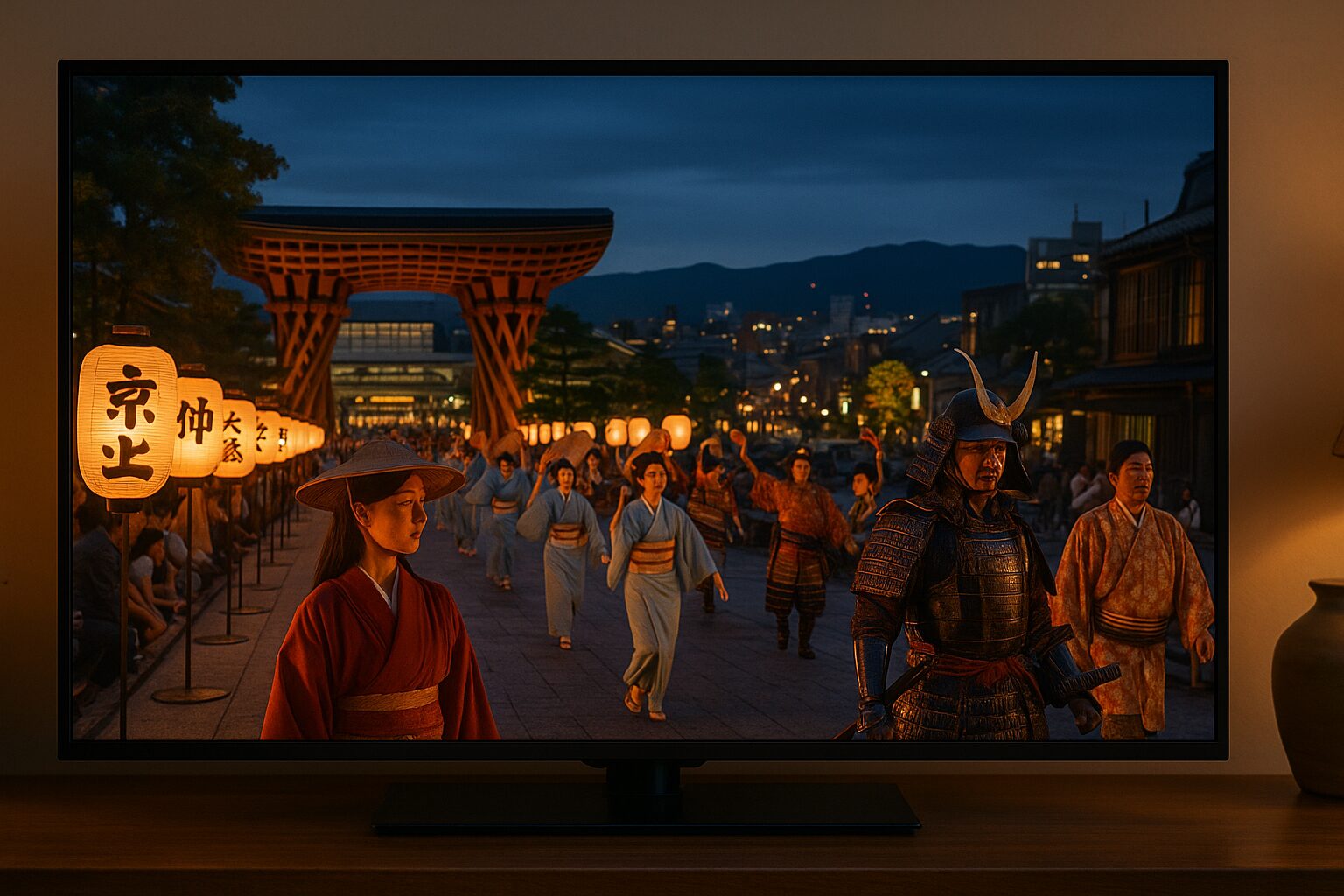
Experiencing the Hyakumangoku Festival through TV doesn’t engage all five senses—but this broadcast came close. Each scene conveyed the passion behind the performances and the generational energy that defines the city. The soul of Kanazawa came through, loud and clear.
The Lively Energy of the Performers
We couldn’t look away. The intensity of the lion dancers, the pure joy on children’s faces, the refined movements of elders performing traditional steps—it was all captivating.
You could feel their pride and joy in carrying on these traditions. That joy reached us, too.
The City’s Rhythm, Set to Music and Dance
Flutes and drums rang out nonstop, giving the procession its heartbeat. It wasn’t just background music—it felt like the city itself breathing. The chants, the silence between dances, the sounds of celebration—all formed Kanazawa’s unique soundscape.
Even our baby responded to the rhythms, swaying gently. That’s the power of cultural music—it moves people, no matter their age.
A Celebration for Every Generation
What touched us most was seeing people of all ages taking part. Elementary kids beating drums, teens waving flags, adults performing, elders leading the lines with dignity—everyone had a role. No one was just watching; everyone was in the festival.
It felt like a living, evolving tradition—one that clearly has a future.
Movement and Sound as the City’s Identity
Watching the Hyakumangoku Festival from home stirred something deeper than sight and sound. It was the rhythm of tradition, the heartbeat of a city, expressed through generations working together. It moved us, again and again.
A Day When the Living Room Became a Travel Destination
A “Mini Trip” from the Couch
Traveling with a baby is hard—parents everywhere understand this. But giving up travel doesn’t mean giving up on travel experiences. Watching the festival was like receiving a small, unexpected gift: a moment of magic in our everyday lives.
Exploring Kanazawa Together, Screen to Screen
During the broadcast, our living room transformed into a travel destination. With cold ice cream in hand, we felt like we were right there in Kanazawa. Especially when Lord Toshiie’s battle cry rang out—our baby, who rarely watches TV, stared intently at the screen.
“Can babies really pick up on this kind of atmosphere?” It was a surprising, shared cultural moment.
A Festival That Rekindled Family Memories
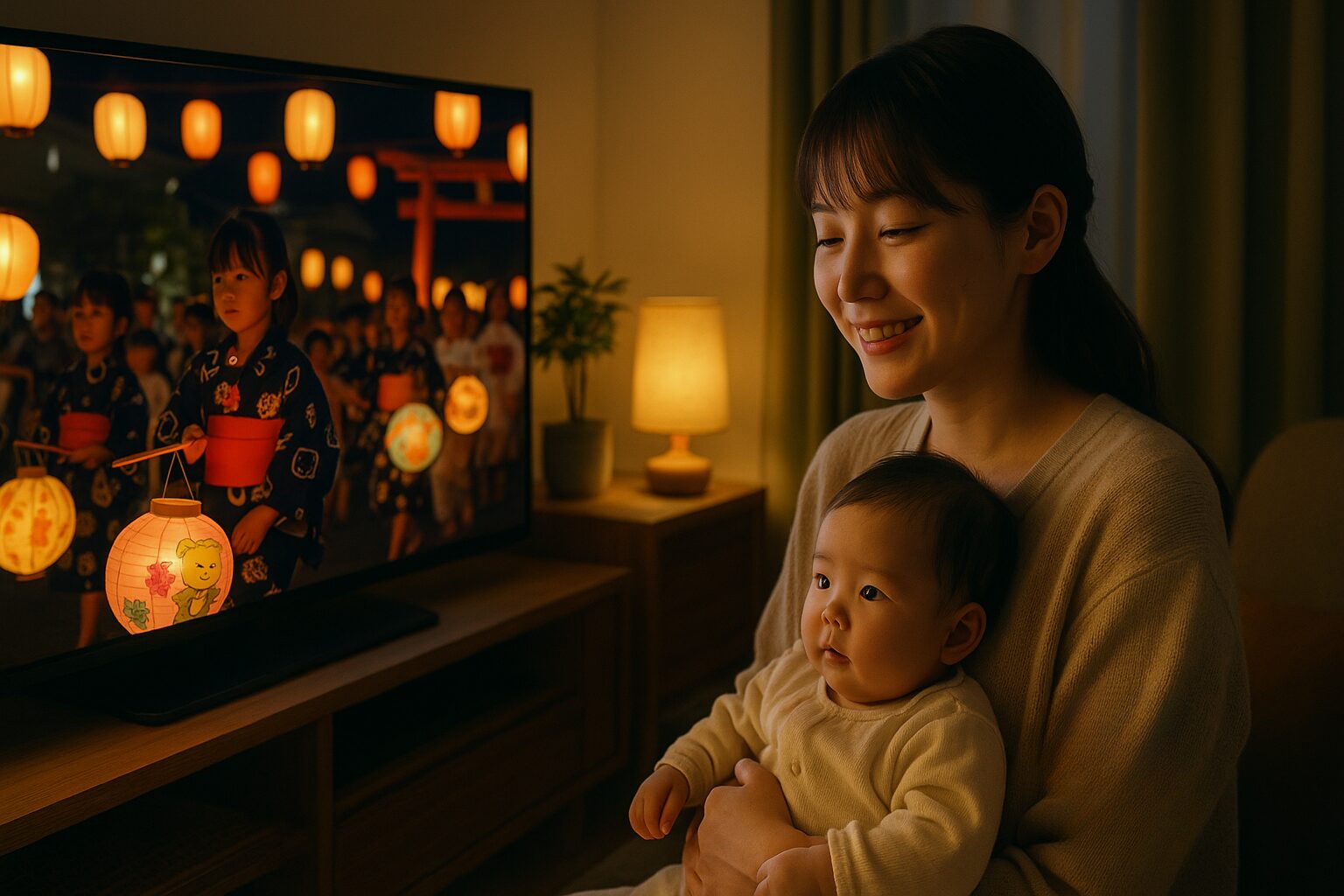
My wife is from Kanazawa. As she watched the children’s lantern parade, she smiled and said, “I used to be one of those kids.” In that instant, her past and present came together—and our daughter became part of that connection. It was a quiet, multigenerational moment that filled the room.
children’s lantern parade
a nighttime procession where children carry illuminated paper lanterns through the streets
Kanazawa remained unchanged on the screen, but the memories it evoked made the experience deeply personal for each of us.
A Precious, Shared Family Time
Most weekends are filled with laundry and dishes. But this time, we paused. “Let’s take the day off—it’s festival day,” we told ourselves. Laughter, the sound of spoons clinking against bowls, and festival music from the TV filled our space. It felt like we were traveling somewhere far away—together.
Thanks to the screen, we all enjoyed the festival—no one had to miss out. It was a new kind of cultural experience, perfectly suited to family life.
A Gentle Journey We’ll Always Remember
We didn’t go on a trip, but we still felt like we traveled. Watching the Hyakumangoku Festival became a warm, unforgettable “visit” to Kanazawa for our family. It was our daughter’s first cultural experience—and a moment that deepened our bond as a family.
Seeing the Heart of Kanazawa from Afar
A View We Could Only Have from a Distance
Ironically, not being there helped us see more. Watching from afar, we got beyond the tourist’s surface and glimpsed the layers of everyday life, culture, and community in Kanazawa. Physical distance somehow brought us emotionally closer.
A Stage for Local Identity and Diversity
The festival parade wasn’t just a long line of performers—it was a gathering of distinct local identities. Each neighborhood brought something unique: some glamorous, others humble, all deeply rooted in tradition.
The blend of styles and personalities revealed Kanazawa’s cultural richness and depth.
A Festival Built by and for the People
This wasn’t a show for tourists—it was a celebration by the community. Kids waving flags, seniors marching with pride, neighbors cheering along the roadside—it all spoke of genuine local love.
Kanazawa’s culture isn’t just preserved—it’s lived by the people today. That sense of authenticity shone through the screen.
A City United by Historical Pride
What left the strongest impression was how everything revolved around Lord Toshiie and Lady Matsu—the city’s founding figures. The festival isn’t just historical reenactment; it’s a heartfelt tribute shared by the whole town.
Lady Matsu
the wife of Lord Toshiie, revered for her wisdom and loyalty in historical narratives
That collective pride gives the celebration its power. Seen from a distance, the city’s spirit stood out all the more.
The Power of Culture to Move Us, Even from Afar
The Hyakumangoku Festival, viewed from our living room, wasn’t just entertaining—it was deeply moving. It made us want to visit, to breathe in the air of this remarkable city. Kanazawa has that kind of depth—the kind that stays with you, long after the screen goes dark.
Final Reflections
Will You Join Next Time—From Home or In Person?
Whether you find yourself in Kanazawa next year or watching from afar like we did, the Hyakumangoku Festival offers a heartfelt connection to Japanese culture. However you join, you’re part of the celebration.
